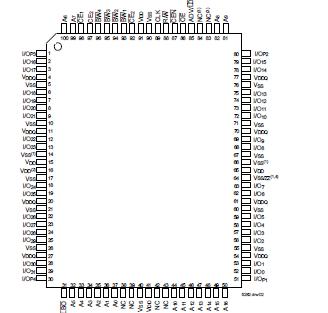IDT71V3559SA: Features: · 128K x 36, 256K x 18 memory configurations· Supports high performance system speed - 100 MHz (7.5 ns Clock-to-Data Access)· ZBTTM Feature - No dead cycles between write and read cycles· ...
floor Price/Ceiling Price
- Part Number:
- IDT71V3559SA
- Supply Ability:
- 5000
Price Break
- Qty
- 1~5000
- Unit Price
- Negotiable
- Processing time
- 15 Days
SeekIC Buyer Protection PLUS - newly updated for 2013!
- Escrow Protection.
- Guaranteed refunds.
- Secure payments.
- Learn more >>
Month Sales
268 Transactions
Payment Methods
All payment methods are secure and covered by SeekIC Buyer Protection PLUS.

 IDT71V3559SA Data Sheet
IDT71V3559SA Data Sheet






